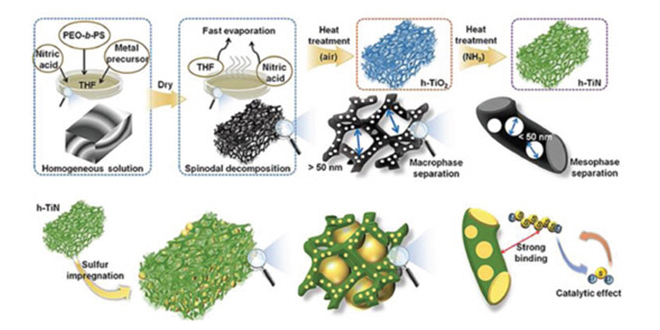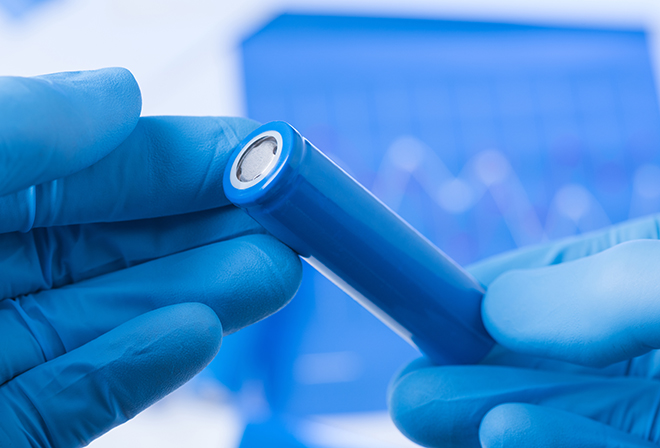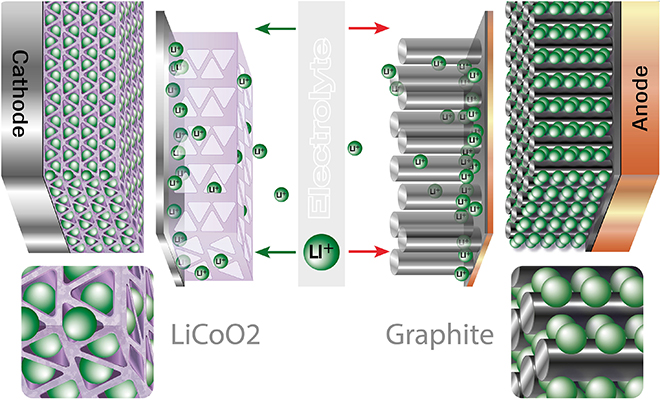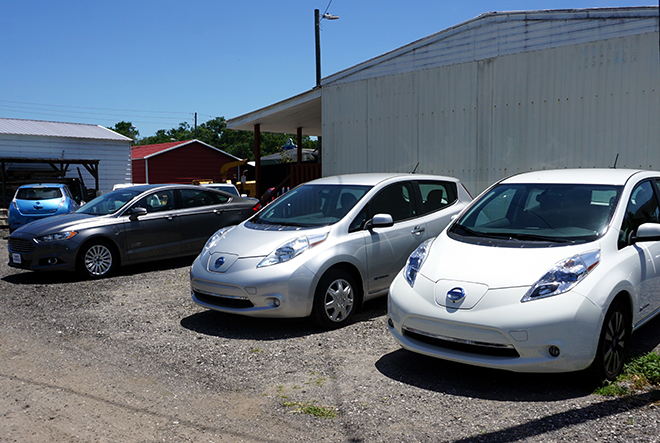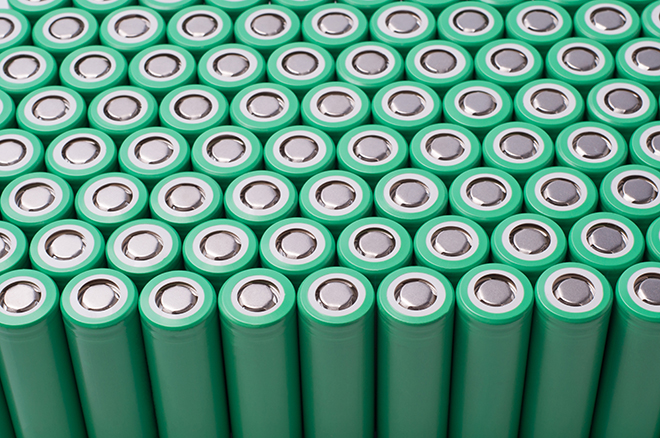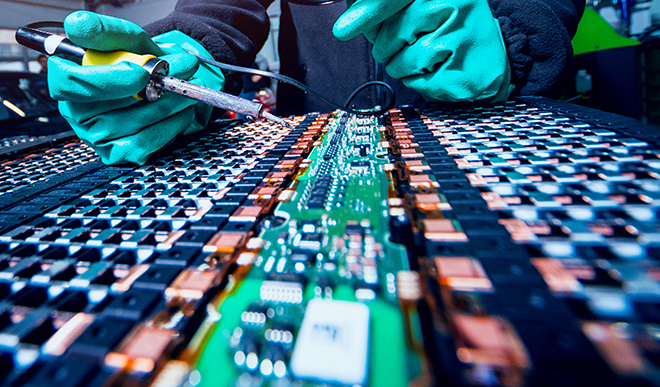A research team from South Korean research university KAIST has developed stable, high-rate lithium-sulfur batteries (LSBs) by using hierarchically porous titanium nitride (h-TiN) as a sulfur host. In a paper in the journal Advanced Materials, the researchers report that h-TiN/S shows a reversible capacity of 557 mAh g-1 even after 1,000 cycles at 5 C rate with only… Read more »
Search Results Found For: "lithium metal"
Sepion receives CEC grant for composite battery membranes
The California Energy Commission (CEC) has awarded $450,000 in grant funding to Sepion Technologies, an Emeryville, California company that’s developing a composite battery membrane designed to replace ceramic components. Sepion’s composite membranes provide high-flux and ion-selective transport, and the company says they can be processed in large-area formats at a fraction of the cost of ceramics. The project’s… Read more »
Next-Battery moves a step closer to commercialization
Shanghai-based EV maker Lvchi has partnered with Next-Battery to fast-track the commercial rollout of Next-Battery’s battery technology. At its Ukraine facility, Next-Battery is producing cathode prototypes with ultra-porous metal oxides and a lithium-infused nanostructured surface. The company’s proprietary process significantly increases the surface area of the metal oxides in the cathode, which allows dimension reduction… Read more »
Is the Toyota Camry Hybrid the last sedan?
The sedan (or saloon, as our British friends call it), which has been the standard form factor for passenger cars for a century, now seems to be a dying breed, as SUVs and crossovers take over the market. Consumers love the extra space and increased ride height of an SUV, and automakers love the higher… Read more »
Regenerative braking: A closer look at the methods and limits of regen
All motors are generators, the old saying goes, with the caveat that few types are equally good at both modes of operation, and some are downright awful as generators (a classic example being the single-phase shaded pole induction type, used in myriad small appliances the world over). Fortunately, both types of AC motor commonly used… Read more »
BP sees big opportunities for EVs and has recently been investing in EV-related companies
The oil and gas giant’s EV investment rationale is outlined in its new report, BP Technology Outlook. Demand for travel is central to modern society. Currently, transport accounts for 20% of global primary energy use. The global light-duty fleet of cars, vans, and light trucks is here to stay for the foreseeable future. In fact,… Read more »
A glimpse into the auto shop of the future at Tampa Hybrids
EVs haven’t been around long enough, or in great enough numbers, for any large-scale market in replacement batteries to develop. However, Toyota’s Prius hybrid went on sale in the US in 2000, and has sold well over two million units. There’s a lively market for replacement batteries, with both OEM and aftermarket options available. For… Read more »
Penn State researchers develop cold-weather fast charging method for Li-ion batteries
Fast charging cold Li-ion batteries comes with the risk of lithium plating. When metallic lithium is formed in a battery, it can severely reduce battery lifespan and increase instability. Researchers from Penn State have suggested a solution to that problem that can provide 15-minute fast charging and a twelve-year battery lifespan in temperatures as low as… Read more »
2019 Jaguar I-PACE: An apex brand pounces on the electric crossover scene
Believe it or not, we may have a BEV SUV turf war on our hands. Many of the major automakers have announced plans to produce all-electric crossovers, including Mercedes, Volvo, Hyundai, Kia and Volkswagen – not to mention the onslaught startups like SF Motors, Faraday Future, Byton and Rivian. The all-electric Audi e-tron SUV is… Read more »
How to protect circuits in battery management systems
Sponsored by Littelfuse By Carlos Castro, Global Director Marketing Automotive Electronics, Littelfuse, Inc. As hybrid and electric vehicles roll closer to battery power drive systems with 48V or higher, the lithium-ion battery in a closed system is the clear leader for power. Lithium-ion gets high marks in cost, energy efficiency, temperature performance, power-to-weight ratio and lifecycle…. Read more »







